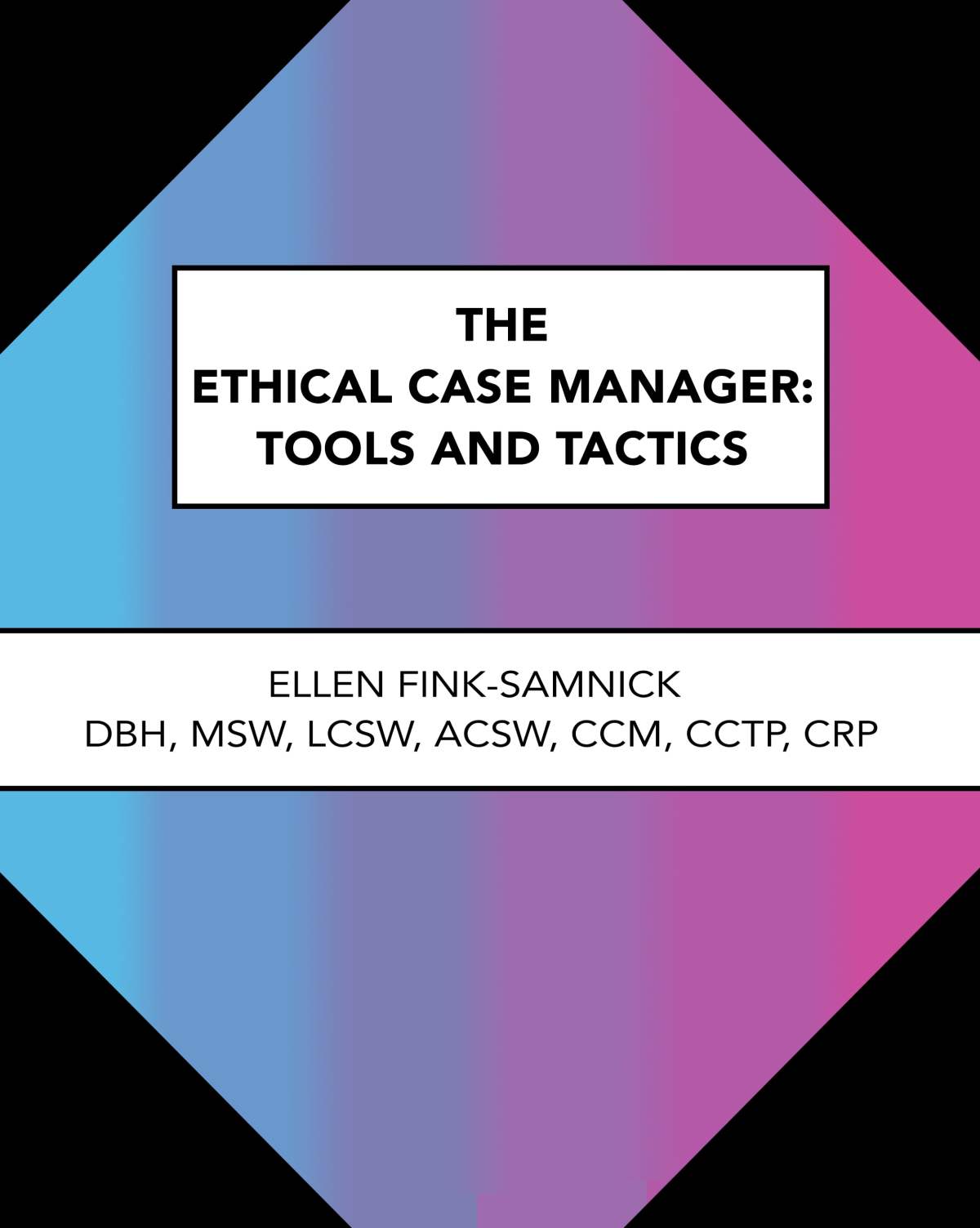The universe provides us interesting lessons, and usually when we least expect them. That mantra about the journey being as meaningful as the destination applies to this blog, but in a different way than you might expect. While the theme of this post alludes to the importance of equity and response to trauma, it is not my traditional fierce messaging. Instead, this post offers my reflections on the rewards that can come from contributing to the greater good.
Where it Started
This last month has been full of conference travel, with my usual array of presentations and panel discussions. I was honored with the publication of my fifth book (The Ethical Case Manager: Tools and Tactics) and also inducted as a Case Management Fellow (FCM™) by the Case Management Society of America (CMSA), and the first social worker to do so. These accolades are important career milestones for which I’m grateful. Yet, these milestones paled in comparison to one experience that occurred around the same time. That event reminded me how much satisfaction can be gained when one small action is taken on behalf of a larger group of individuals.
These past weeks saw travel challenges for much of the population. The experiential trauma for all traveling during this timeframe was palpable, and due to events that were usually beyond each person’s control. This loss of power left travelers reeling. There were flight delays courtesy of extreme weather conditions, workforce shortages, and flight cancellations. There was even a substation fire that prompted a lengthy hold on flight departures and arrivals at one large international airport.
Who sat at airports for endless hours or days, in hopes of getting to their anticipated destination? How many slept on airport furniture or even floors? Who missed conferences, business meetings, family, or other long-awaited celebrations? Who missed flight connections by a matter of minutes? How frustrating to see your connecting flight at the neighboring gate upon landing, but unable to sprint off the plane quickly enough to get on board!
Where it Went
I was among the lucky ones. While several of my flights were delayed, I always got to my destination. Yet, the experiences for one flight impacted me greatly. I was heading home from a conference in Miami. That event fell during the initial, and often chaotic, June vacation week. The flight was loaded with travelers embarking on international trips, and catching connections at my destination, Dulles Airport in Herndon, Virginia.
A large band of thunderstorms delayed our departure from Miami by 90 minutes and threw passengers into a panicked state. Some individuals had planned their trips for months, while others had sudden family and business emergencies to manage abroad. Even once we were in the air, flight attendants worked continuously to calm upset passengers throughout the aircraft and contact various airlines to hold connecting flights, as possible. Some of these flights were also delayed, which somewhat eased the worry of already tired and, in some cases, traumatized passengers.
Upon landing at Dulles, an announcement was made by the flight attendant to allow travelers with connecting flights to disembark first. I had a sneaking suspicion that this action would be hard to implement and wasn’t wrong. Everyone stood up to grab their bags and deplane. Here was my opportunity to help! I was close to the front of plane and in a pivotal position to be an enforcer of this one simple and logical request. Little did I know that I had a collaborator seated nearby who was equally committed to doing the right thing, and for all passengers.
My collaborator sat directly across the aisle from me, and spent most of the trip consoling the passenger next to her. This person was visibly upset about the disruption to her travel. The flight attendants were able to confirm that this passenger’s connection flight was three gates away and being held for her arrival. Yet, her worry remained at a fever pitch.
My collaborator and I stepped up simultaneously and into action. We realized that some people might not feel empowered to get off the plane, especially those persons sitting toward the back. We directed passengers who did not need to run for a flight to stay in their seats. There were some interesting expressions and explicatives shared, though everyone ultimately got our drift and pitched in to support the efforts. Within minutes, close to 180 passengers successfully (and gratefully) deplaned. My aisle-mate and I were among the last passengers to leave, and with appreciation of the flight crew.
How it Mattered
I slowly walked to the airport shuttle, then turned around to see my collaborator behind me. We smiled at each other and chatted about our actions. We treated others as we would want to be treated if in the same situation. We advocated for the human condition, which was what I was trained to do as a board-certified case manager and clinical social worker. She and I were also in agreement about one key takeaway from this experience, which more than equaled, if not exceeded any of my recent accolades. Our advocacy takes all forms. Yet, even the smallest advocacy actions can make the biggest difference to others, and in turn, can provide us the greatest reward.











